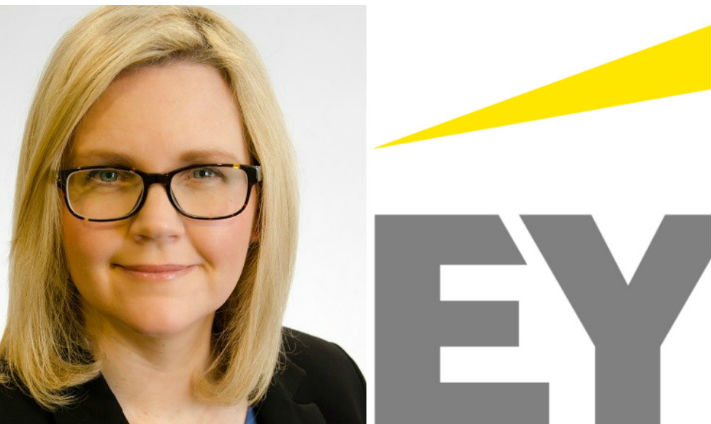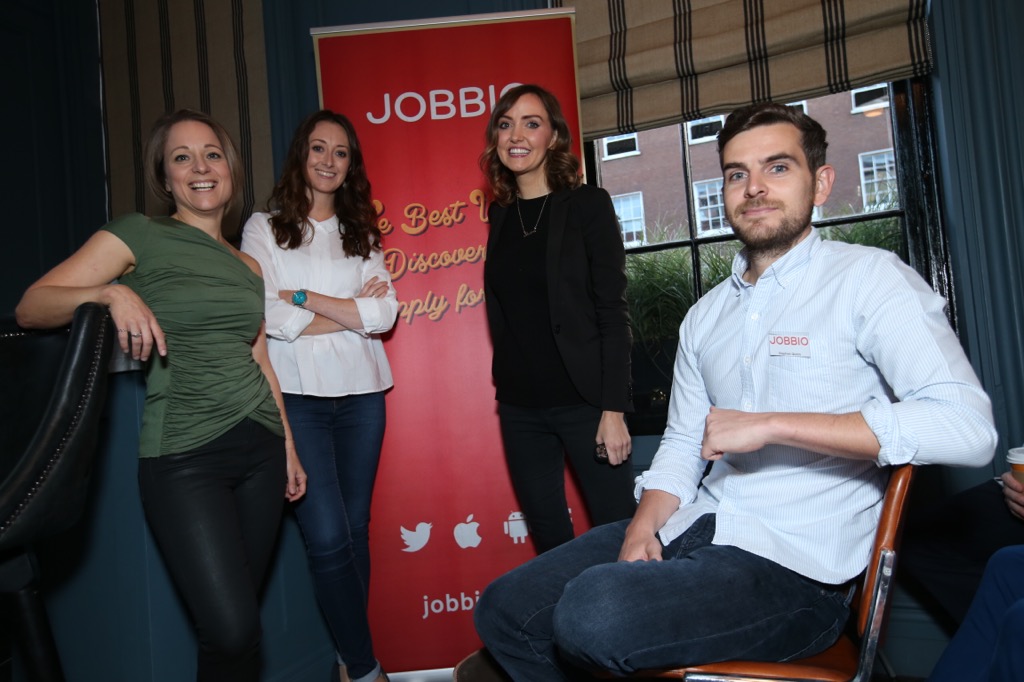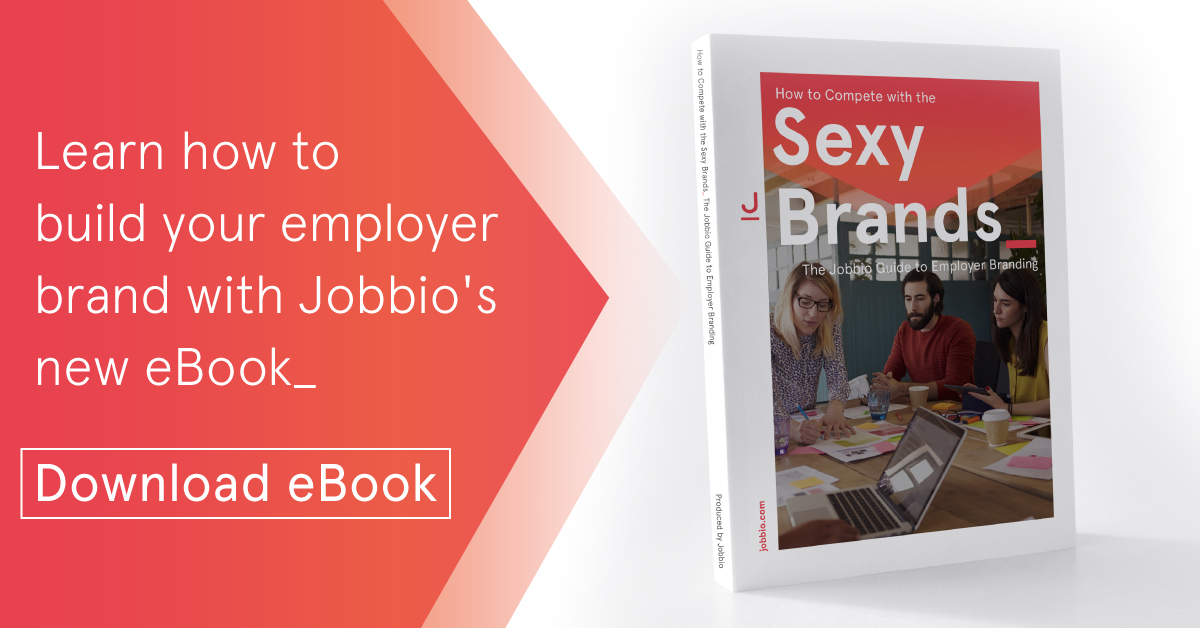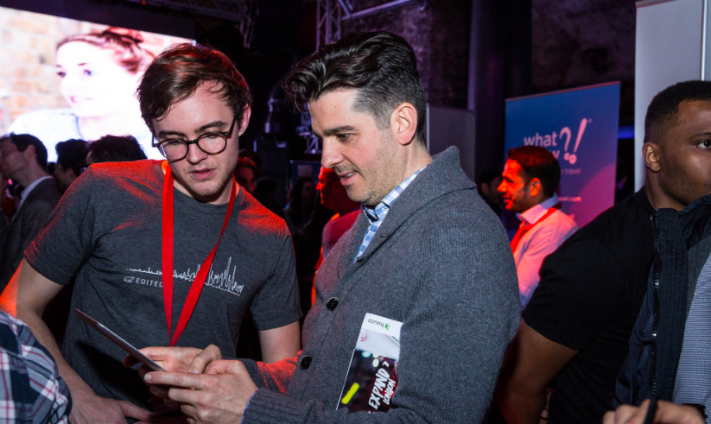Kate Feeney is a Consultant and Facilitator with the Global L&D firm, Insights. She has worked as a consultant in the area of organisational development for the past 8 years in both London and Dublin. She believes in making work fun and fulfilling.
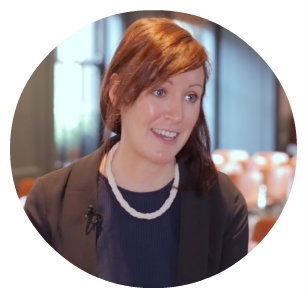
That universal difference: personality at play
Let’s bring personality out to play. I’ll ask you three questions:
Is being faced with a blank canvas exciting or overwhelming?
Is meeting a large group of new colleagues stimulating or tiring?
Are you more inclined to make decisions with your head or your heart?
Your answers to these questions, will leak certain truths about your personality. They can determine your exact preference for sensation versus intuition, introversion versus extroversion and thinking versus feeling. These three preferences shape how you behave and what strengths you bring to your work.
At Insights, we pull these preferences into a colour language, (as below), building on the work of Carl Jung. If you consider the words in the 4 quadrants – you may find that certain words are more true of you than others. Is there a colour pattern to your strengths?
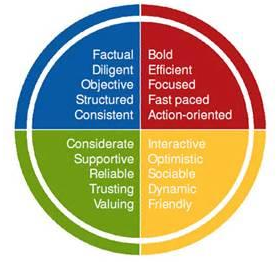
Now, think about your closest colleague – someone whose coffee order you know intimately. How would they answer those same three questions and which words would they use to describe themselves? The chances are, you two will respond differently – no matter how similar your backgrounds might be, or how much time you spend together. Take my siblings as an example. I grew up with three older sisters. We had the same upbringing – the same Weetabix and polyester school uniforms – but we turned out very differently. We chose different hobbies, different areas of study and very different careers. The differences between my sisters and I always intrigued me – occasionally demented me – and ultimately sparked my belief in the importance of understanding self and others.
Personality at work
Our personalities impact how we communicate, how we develop relationships and how we approach our work – human factors which the Carnegie Institute estimate account for 85% of our financial success.
As a consultant, I’m in the business of helping people to better understand themselves and others. I translate psychological preferences into a simple and memorable language, used by organisations all around the globe to improve team, leadership and sales performance at work. My role is about helping individuals understand who they are and actively engage with others in newly productive ways. Navel gazing gets us only so far – as far as our bellybuttons, to be precise.
The secret to application, I believe, is in making the language of personality and behaviour simple, fun and memorable.
This shared language, once learnt, creates a culture in organisations where conversations about behaviour are actively engaged in – not dodged or botched.
Seeing self-awareness put to work is a beautiful thing to behold! I often think of a Sales Leader I once worked with, who had a strong preference for introversion or ‘blue energy’. Through conversations he became aware that his introverted thinking was creating a perception that he was disinterested in individuals – and all about the numbers. Some key team members wanted to leave, they were so uninspired by his style.
After those conversations – he made a commitment to participate in his direct reports team meetings, to balance his need for isolation and objectivity with his teams’ need for interaction and involvement (‘yellow energy’). That small change made a massive difference to his success in his role and was a simple result of a depersonalised conversation about preferences.
Personality and The Fable of Fit
According to the New York Times, 80% of employers name cultural fit as a hiring priority. Organisations – need a balance of personal styles. A mixture of introverts and extroverts – a combination of those who prefer thinking to feeling, and vice versa.
Focusing on creating an awareness of diverse styles of behaviour – and the strengths that stem from that – is a key part of creating true culture fit. Or rather a culture where a diverse set of personalities can fit, happily and productively. McKinsey & Co. recently shared research which showed that less than half of all employees see day-to-day evidence that their company is worried about creating a culture which embraces diverse leadership styles. And, less than half of all workers see managers taking advantage of the diverse strengths of their teams or considering a diverse line-up of candidates for open positions.
A client of mine who is excellent at execution, but not so hot at managing upwards was deeply frustrated when passed over for promotion. The feedback he received was that he was ‘brilliant at creative problem solving, a fantastic worker, but – too quiet a personality to lead others’.
Perhaps he can adapt his style somewhat, or perhaps the definition of what it means to lead in that organisation needs to adapt – to fit him.
Read more from the Influencer Series.



